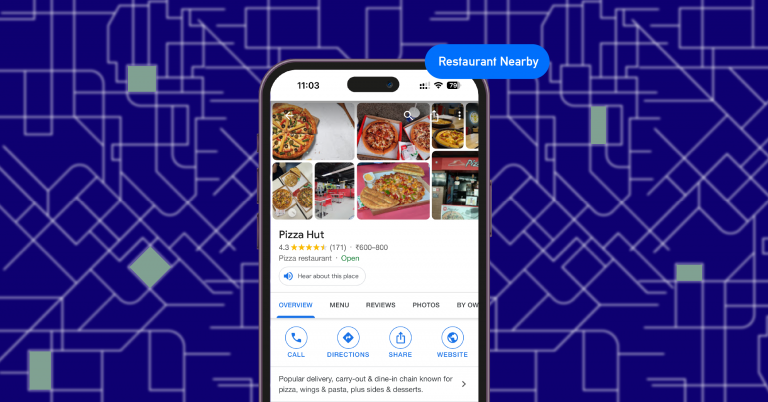What makes a restaurant truly connect with its community? Hyperlocal marketing, when done right, is your answer. It’s not just about serving great food; it’s about becoming part of the local scene. Imagine a restaurant that knows its consumers’ preferences as well as its own menu. This is the power of hyperlocal approaches. By focusing on a specific area, restaurants can build strong relationships with local patrons, increase foot traffic, and drive growth.
Think about the impact your restaurant will make on the audience if you participate in local events and offer discounts. Your restaurant is a beloved community member. So, engage in local activities, support neighbourhood causes, and tailor promotions to local tastes, and transform your restaurant into a community hub.
This article explores practical hyperlocal marketing strategies for restaurants. Using digital tools like Google My Business and social media is a good start. Engage with the community by hosting events and creating partnerships. This ensures the restaurant becomes a local favourite.
Hyperlocal tactics target a specific geographic area, often as precise as a few streets or neighbourhoods, to connect with potential consumers more personally.
Here are some effective strategies for implementing hyperlocal marketing campaigns for restaurants:
Ensure your restaurant’s online presence is accurate and detailed. Update your Google My Business with precise information, including your operating hours, business name, address, phone number (NAP), operating hours, and a compelling description. This optimization helps your restaurant appear in local search results and increases visibility to nearby potential consumers.
Hyperlocal SEO enhances your restaurant’s online visibility to nearby consumers. Implementing hyperlocal SEO involves:
Craft content that your local audience can resonate with. This includes:
Social media is an effective tool for hyperlocal marketing campaigns. Tailor your posts to the local audience by:
Geotargeting allows you to send tailored messages to users based on their location. This can be achieved by:
Building strong community ties can greatly enhance your restaurant’s reputation and consumer loyalty. Strategies include:
Online reviews and user-generated content are powerful tools for building trust and credibility. Encourage happy consumers to leave reviews on platforms like Google and Yelp. Share consumer photos and testimonials on your social media channels to add authenticity and social proof to your marketing efforts.

Implementing these hyperlocal marketing strategies can significantly benefit restaurants by increasing their local presence and consumer base. Hyperlocal marketing is a dynamic and effective approach for restaurants to connect with their immediate community. Using digital tools, engaging with locals, and enhancing the in-restaurant experience can help restaurants drive growth and build lasting consumer relationships.
Keep experimenting with hyperlocal strategies, and stay tuned to local trends to ensure that the marketing efforts remain relevant and impactful. With SingleInterface, you can take your marketing efforts and outcomes to a whole new level.